
I know all about presentations. Love them or hate them; you can't escape them. Whether a student or an exec pitching in the corporate world, you'll have to stand up and convey your thoughts at some point. My experience shows that effective presentation tips for students can also be valuable in boardrooms. These moments are familiar to me, particularly the sweaty palms, rapid heartbeats, and the satisfaction of nailing it.
Verbal and Non-Verbal Communication
How often have you zoned out during a lecture or a work meeting? Quite a few, I'm sure. Let's get real. A presentation could be factually immaculate, but if you're droning on like a robot, no one's listening. Trust me, I've been there. In college, as a student neck-deep in education, I realized the necessity of combining verbal and non-verbal communication. Use your hands, modulate your voice, make eye contact, and let your enthusiasm show. Don't just recite your content; engage your audience. Exploring tips from platforms specializing in easy essay writing could offer valuable insights on how to effectively communicate ideas, ensuring your presentations are engaging and impactful, resonating with your audience beyond mere factual content.
Use the Classroom as a Stage
Here is how to improve presentation skills! Have you ever heard of 'fake it till you make it'? It's not just a snappy catchphrase. The classroom can serve as a fantastic practice arena for honing presentation skills for students. As a student, I took every opportunity to turn class presentations into mini TED talks. This approach allowed me to experiment with timing, tone, and audience engagement. Exploring tools like Essay bot free might offer additional resources and guidance to refine presentation techniques, providing insights into structuring presentations, refining content, and enhancing delivery, further aiding students in their quest to master effective communication.
Prepare
You wouldn't go into battle without armor, and the same applies to giving a presentation. One of the most crucial presentation guidelines for students is preparation. I've seen too many wing it, thinking they could rely solely on charm and wit. A solid strategy includes researching your topic inside and out, organizing your material logically, and practicing. I did this throughout my academic career and found it useful beyond the classroom.
Speak Loudly and Clearly
Volume and clarity are two hallmarks of good presentation skills. Loud speaking ensures everyone hears you, whether you're interacting in a classroom dialog or with a larger audience. Trust me, mumbling is a shortcut to losing your audience's interest. Here are quick tips for audible and clear speaking:
- Project your voice.
- Enunciate each word.
- Use a microphone if needed.
- Pause for effect.
There you have it. These skills are essential not just for presentations but also for engaging in meaningful dialog with your audience. The louder and clearer you are, the more engaged they'll be.
Modulate the Tone, Pitch, and Speed of Your Speech
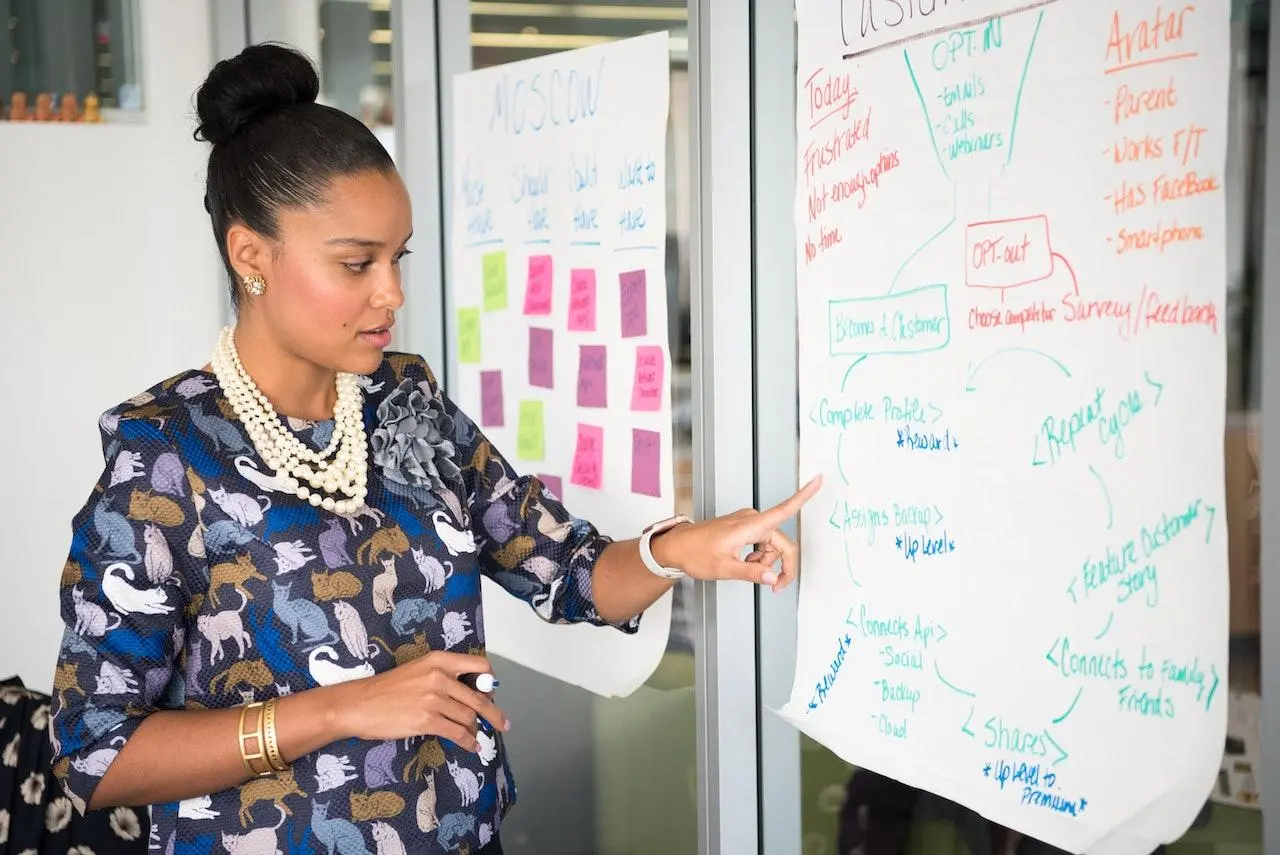
Imagine listening to someone speaking in a monotone voice for an hour. Sounds like a nightmare, doesn't it? Now, I've always advocated for public speaking exercises for students. It teaches you to modulate your voice – changing your tone, pitch, and speed can make all the difference in keeping your audience's attention. As a student, I even used apps to play around with these aspects and recorded myself. If you want to be captivating, varying these three elements is non-negotiable.
Use Gestures and Facial Expressions
So, how to give a good presentation for students? The power of a well-timed gesture or facial expression is crucial for everyone. They can make your message resonate on a deeper level. When discussing how to give a good presentation to students, I often emphasize the importance of being physically expressive. Hand movements, facial expressions, and even your stance can lend your words greater impact. During my time in college, I found that the judicious use of these non-verbal cues could turn even the driest material into something engaging.
Develop a Teaching Persona
We all have different facets to our personalities. To convey your message effectively, consider adopting a teaching persona. The idea here is to become a character who embodies the traits that make a speaker engaging and authoritative. Through the lens of improving presentation skills, I'd say this strategy can be a game-changer.
Show Passion and Enthusiasm for the Topic
Have you ever noticed how passion can be infectious? Your audience will likely catch that vibe and pay attention if you're enthusiastic about your topic. To me, this is what is essential to delivering a successful presentation.
In both academic and professional settings, I've found that my genuine excitement about a subject transforms the energy in the room. When your audience senses your enthusiasm, they're more likely to engage with your presentation, ask questions, and remember what you've shared.
Effective Use of the Chalkboard and Visual Aids
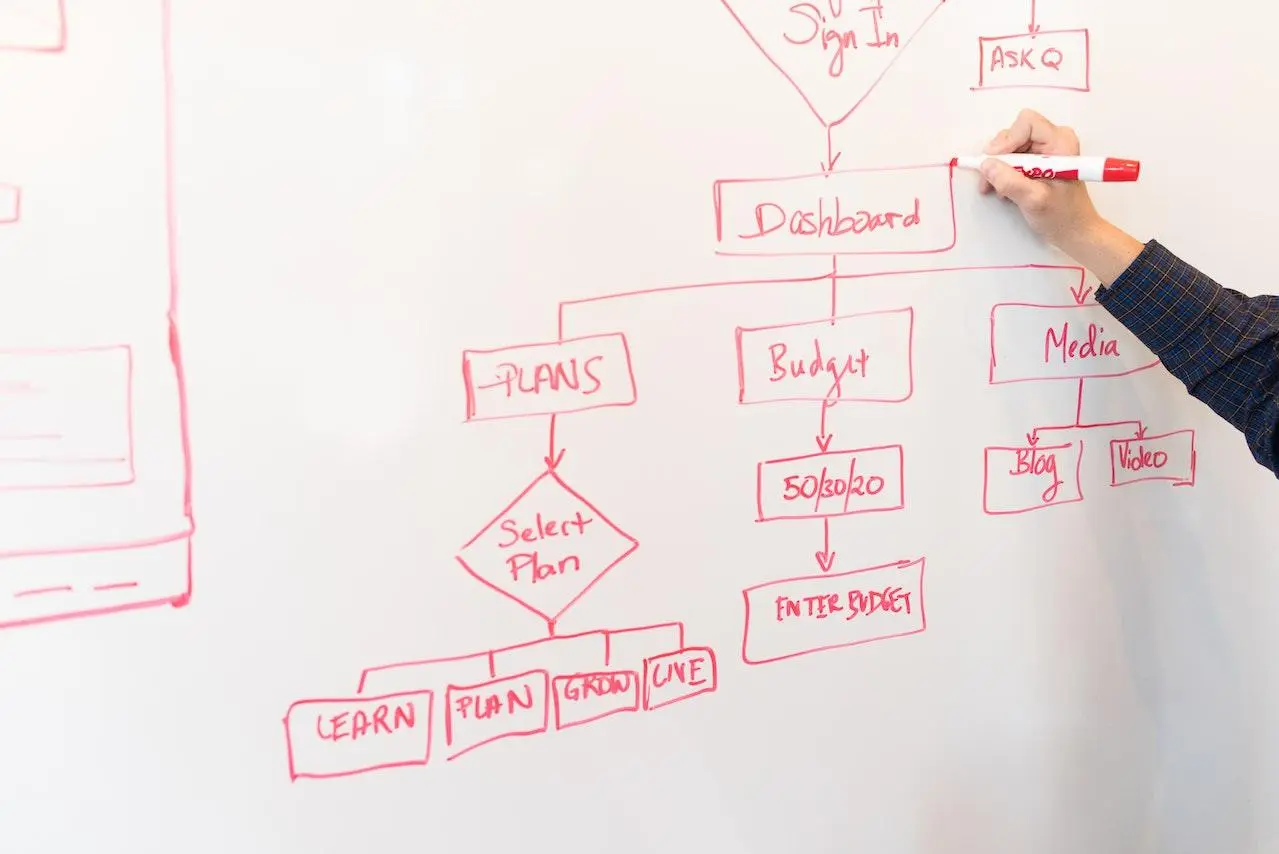
Ah, the tools of the trade! Whether it's a good old-fashioned chalkboard or a sleek PowerPoint slide deck, these aids can make or break your presentation. You want your message to stick, right? In my experience, a carefully crafted set of slides or well-placed text on a chalkboard can reinforce what you're saying and keep your audience's attention anchored.
Using the Chalkboard
There's something satisfying about the screech of chalk against a board. It captures attention and demands focus. Mastering the chalkboard is part of honing effective presentation skills. I have encountered numerous situations where I've needed to pivot mid-presentation based on audience reactions.
Using Visual Aids, such as PowerPoint Slides
PowerPoint slides can either be your best friend or your worst enemy. The importance of presentation skills becomes glaringly apparent when you're saddled with a dull or overly complicated slide deck.
Over the years, I've learned a few tricks: keep it simple, don't overload slides with text, and use images wisely. Your slides should enhance your message, not overshadow it. Just as you wouldn't want to show up to a meeting wearing a neon suit, your slides should complement you, not distract from what you're saying.
Effective Design and Meaningful Organization of Content
So, which actions should you take as you start your presentation? Design and content organization aren't just artsy terms but key factors for impactful communication. In my experience, even a great presentation can suffer if the content is a jumbled mess or the design is distracting.
Use Single Words or Phrases

Do you remember that presentation where the speaker crammed paragraphs onto slides? Neither do I because I was too busy zoning out. One of the best ways to improve presentation skills is to keep it simple. I've learned that using single words or short phrases on slides or other visual aids makes it easier for the audience to digest information while still focusing on what I'm saying. It's a win-win.
Organize the Content Visually
The visual layout is the doorway to the effective presentation if the eyes are the windows to the soul. My journey through various speaking engagements taught me that effective presentation techniques often revolve around how well you organize content visually. Group related items, use color coding, or employ shapes to section off parts of your presentation. These visual cues guide the audience's attention where you want it to go.
Limit the Number of Ideas on Each Visual
Overwhelm your audience, and you've lost them. Simple as that. When pondering which actions you should take as you start your presentation, consider the cognitive load you're putting on your audience. I've found that limiting each slide or visual aid to one or two main ideas allows the audience to absorb what I'm saying more easily and makes for a more effective overall presentation. Keep it focused and clean, and you'll keep their attention.
Visual Design Suggestions
The visual aspect of your presentation can be the cherry on top that makes your speech memorable. Don't underestimate the power of a well-designed slide or visual aid; it can encapsulate your message in a way that words alone can't. Here are the main visual design tips:
- Consistent color scheme.
- High-quality images.
- Minimalistic design.
- Readable fonts.
Remember that the goal is to enhance, not overshadow, your speech. A visually pleasing layout can make your points resonate and linger in the minds of your audience long after you've finished speaking.
Content Organization Suggestions
Have you ever sat through a presentation and wondered, "What's the point? What is the purpose of this presentation?" If your audience is asking themselves what this presentation's purpose is, you've missed the mark. The organization of your content should illuminate your central message and guide your audience toward a clear understanding.
My experiences have taught me that a well-structured presentation often starts with a compelling introduction that frames the problem, followed by an organized body of evidence and a conclusion that ties it together. Trust me, your audience will thank you.
FAQs
Investing a good chunk of time in preparation can make a difference. I usually spend around 30% of my total prep time on visuals.
Absolutely. Presentation skills can be learned and honed. I wasn't a born orator myself, but you can become an expressive person with practice.
While not mandatory, audience interaction can boost engagement and make your talk more memorable.

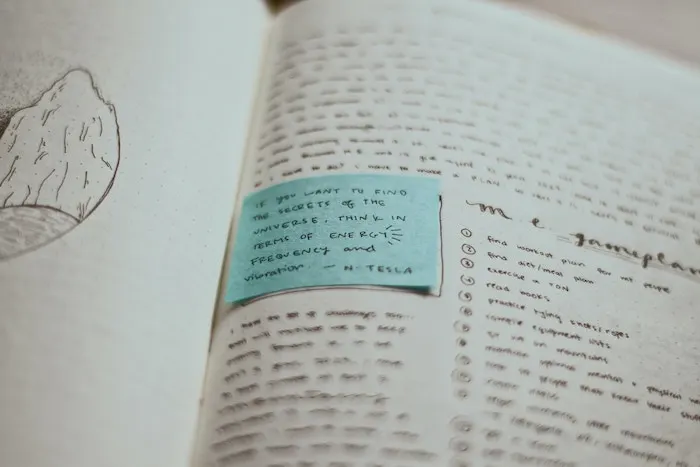
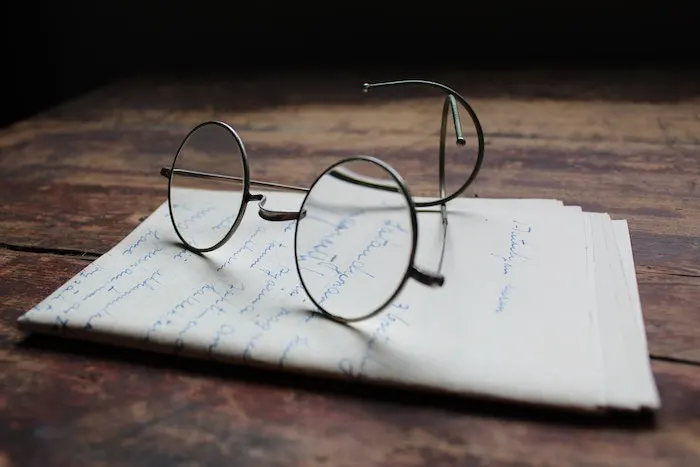
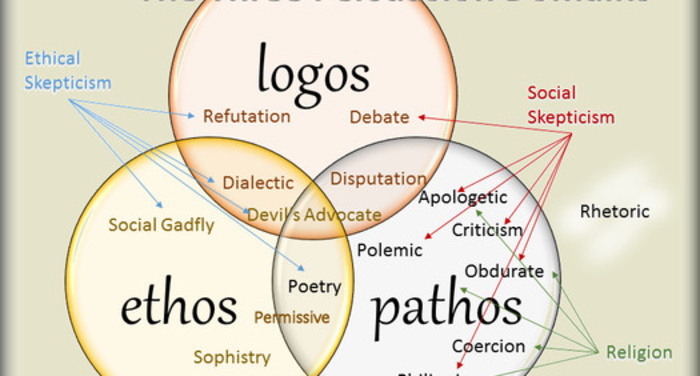
Leave your comment here